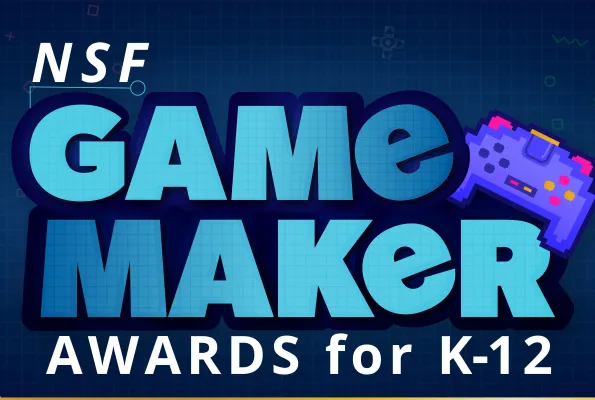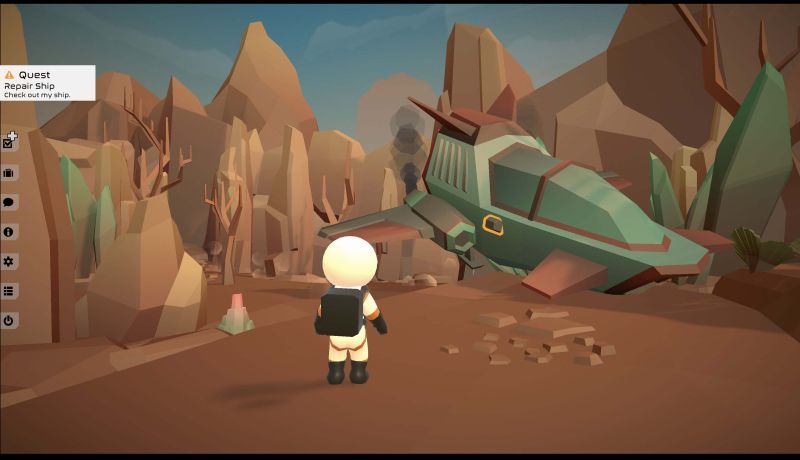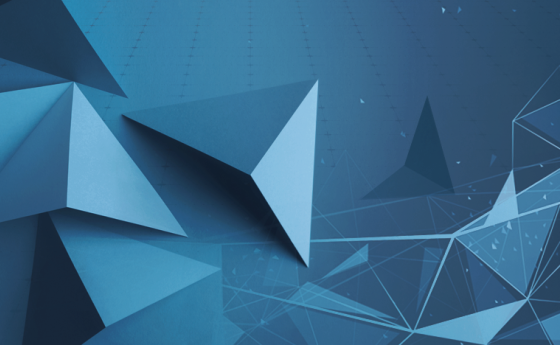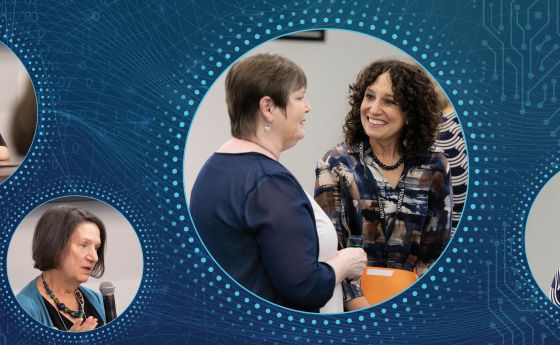
Bring your video game vision of life in 2100 to reality
K-12 student competition helps NSF mark 75 years of supporting science
Video games enable players to immerse themselves in any number of scenarios, such as exploring a fantasy world, discovering strange planets in an unknown galaxy, sailing the high seas or diving to the bottom of the ocean.
Video games can also serve as tremendous learning tools that can greatly benefit children. And as the only federal government agency charged with advancing all fields of scientific discovery, technological innovation and STEM education, the U.S. National Science Foundation and video games have been intertwined for decades.
NSF has supported the development of video games that create interactive STEM learning experiences, help students with learning disabilities grasp STEM mathematical concepts, teach high school students university-level artificial intelligence and introduce AI to younger students.
To help commemorate the agency's 75th anniversary, NSF invites students to create video games that imagine life 75 years from now. The theme of the NSF Game Maker Awards, "Life in 2100," offers students the chance to create their visions of the future. The games should reflect one or more of NSF's focus areas, giving students the opportunity to explore themes such as discovering the universe, imagining work and transportation in 2100, creating sustainable ecosystems, managing futuristic cities or advancing medical technology.
The competition themes align with NSF's focus on supporting curiosity-driven, discovery-based exploration as well as use-inspired, solutions-focused research. The competition is intended to nurture the next generation of scientists, engineers and game designers and promote the development of technical skills and a deeper understanding of science, technology, engineering and math concepts.
"The NSF Game Maker Awards challenge young minds to unleash creativity and sharpen technical skills while exploring STEM concepts. By sparking their imagination and interest for STEM at an early age, we aim to nurture future innovators who will drive scientific and technological advancements" said NSF Director Sethuraman Panchanathan. "This initiative empowers the next generation through video game design, reflecting our commitment to making STEM education engaging and accessible. We are thrilled to launch this competition during our 75th anniversary, marking a significant milestone in NSF's journey of innovation and discovery."
How to enter
Students can enter individually or as part of a team with up to five members. Student teams may have an adult mentor — teachers, parents, guardians, etc. — who can give advice and help troubleshoot problems, but they may not serve as one of the designers.
Digital games must be created using free and open platforms. New video game developers can utilize platforms that make it easier to develop a game if they are specifically designed around game creation. There are also other general-purpose coding language platforms that may be easy to use because they include many visual elements. However, these platforms are not specifically designed for game-making, so it may be challenging to use them to make an interesting game. Game developers should pick a platform that makes sense for their game and their team's skill level.
The key components to competition submissions are a name, logo and 90- to 99-second video that highlights gameplay, key features and explains the STEM concepts and educational impact. A written explanation between 500-1,000 words that reflects on lessons learned during the game development process must also be included. A playable game demonstration and a written entry that describes the role and support the mentor played are optional.
Entries will be judged on how well the game aligns with NSF's focus areas, its educational value, creativity, novelty, impact and technical quality.
Submissions are due by Jan. 31, 2025, by 5 p.m. EST.
The top 20 highest-scoring entries — recognized for quality and innovation in game development—will each receive $2,500. Additionally, the Best-in-Class Awards will grant $5,000 in six categories: Best Educational Game, Best STEM Discovery, Best Technical Skill, Best Storytelling, Best Art and Design and Best K-6 Game. An additional $1,000 prize will be awarded to up to 20 mentors who support the students.
Winning games will be featured in NSF 75th anniversary activities, and award winners may be invited to a special in-person event to showcase their games, connect with fellow innovators and meet industry leaders in gaming and STEM fields.
To learn more about the competition, including submission guidelines, eligibility and rules, and to enter, visit the NSF Game Maker Awards website.







